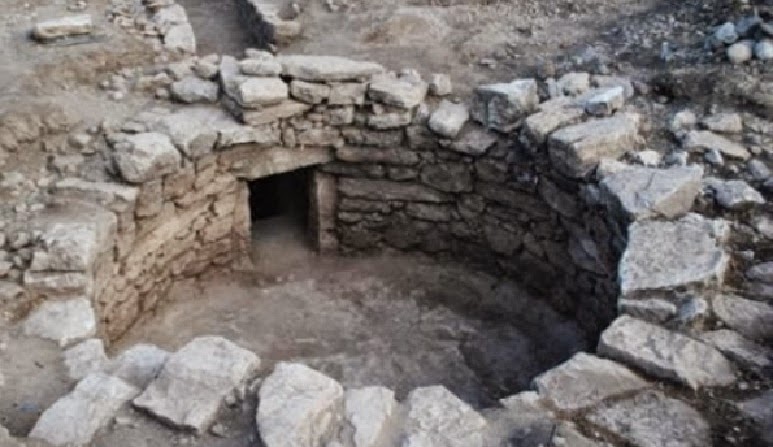I get a lot of questions from readers, and most of the time, the answers are
fairly short. When I feel the question or the reply would be valuable to others
as well, I make a post with a collection of them and post them in one go. Today
is one of those posts.
"Do you believe that Ancient Greek should be learned or at least studied? There's conflicting opinions amongst people who consider themselves Greek Reconstructionists."
The short answer is 'yes', but I will tell you right away that I haven't yet invested the time. It's a matter of convenience--I already have so many projects that I simply would not know where to find the time--and avoidance because I am terrible at learning languages. I have years and years of built up high school frustration from taking German and French language courses and ultimately failing them both. I swear to the Gods that I only learned English because I was a hard-core 'Buffy: The Vampire Slayer'-fan and I quoted entire episodes.
It's not mandatory in Hellenismos to speak (ancient) Greek but I would love to be able to
read the hymns, myths and plays I base my practice on in their original language
and form. Translations are lovely but there is always artistic freedom. Besides,
for me, it's the language of the Gods. I believe it should be studied as a way to get closer to Them. Of course, to each their own; I just know it's on my to-do list.
"Can I offer one libation to more than one god? Like, I don't know, a shared libation or something?"
The ancient Hellenes very rarely gave sacrifice to just one God at a time. The big sacrifices were usually an animal and since animals are expensive and sacrifice establish
kharis between the devotee and the God, it just makes sense to honour more that one God with one sacrifice. Beyond that, the ancient Hellenes were vary aware that they were worshipping a pantheon of Gods, not just loose entities thrown together; Apollon was worshipped with His sister and mother, and it was always prudent to worship Hestia and Zeus, and if you give sacrifice to Zeus you really should also give sacrifice to Hera because there may be tension with her otherwise because you are worshipping Zeus' illegitimate child with another woman, etc. The main goal may have been to give sacrifice to Apollon, but there are many Gods connected to Him either through genealogy or
function.
Say, for example, that you were giving sacrifice to Apollon for health, you would naturally include Asklēpiós and
His daughters as well, and Hestia and Zeus, of course, and then Hera as well, maybe, and onwards. During animal sacrifice,
hymns and prayers were given to each God in turn
before, during, and after the sacrifice burned. It's fairly the same with libations: the Gods worshipped were also grouped and they were called on and prayed to in turn. Each one got a little pouring out of liquid. So yes, you can definitely give libations to more than one God during the same ritual. In fact, it's expected.
"Hi, I was just wandering if there was a different way to work with a patron in comparison with who you devote yourself to? Is there different way of doing rituals etc. Thank you for taking the time to read my ask :)"
So, I would love to answer your question, but I don't know how. Personally, I don't believe in personal patronism in Traditional Hellenism--which is the branch I subscribe to. Now, I don't have anything against it as a practice, it's just not Traditional. I wrote about the how's and why's of
personal and
professional patronism (more aptly named 'tutelage') on my blog a while back, which might be an interesting read. To summarize, modern patronage, in this context, is the support or encouragement of a patron,
where the patron or patroness is a divine being. In
these relationships, the active party is often the deity in question, who claims
the passive human. Some will describe a sense of 'being owned' by their patron.
The human becomes a conduit for the work and will of the patron in question, and
is required to spend large portions of their lives in active service to that
deity.
In ancient Hellas, there were priests; most of them were chosen through
hereditary lines and often served short terms in the temple of a deity their
family was connected to, either through the family line or by choice. There were
also priests who chose to come into the service of a God; they were
voluntary priests and they devoted themselves to the God(s) they were drawn to
or especially thankful to. Neither type of priest would have worshipped only the
deity they were in service to, and all would have attended state festivals, and
most likely had a household practice that included a large number of deities.
Note that the active party in these relationships is the human, not the deity in
question.
Modern patronage is a beautiful thing and if you feel you have been claimed by a God or Goddess, then go for it. I am just not the right person to give you advice. Perhaps someone who reads this might have that for you and add a comment. Be well!




